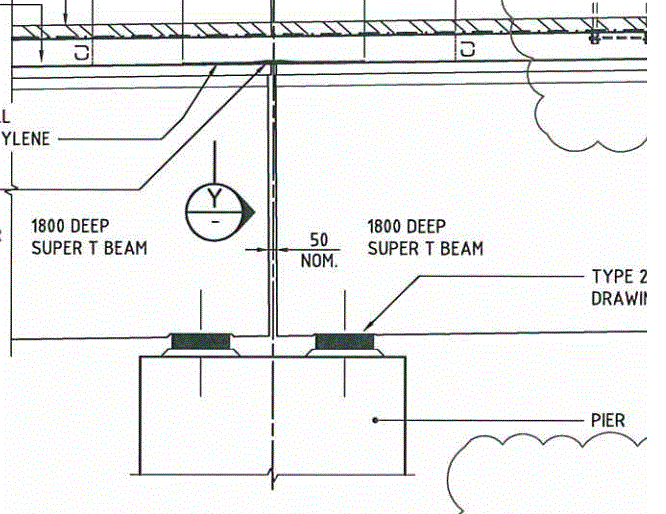Hello!
Can you please look at the picture attached.
I have and series of T beam over wich an RC slab will be poured.
When designing for an negative moment over the support, wich of the 3 geometry cases is valid for design:
1) TOP one, the whole structure is behaving as one body - T beam and decks act as one body. reinforcement will be placed in the top layer of the slab
2.) MIDDLE one, using only T section for determining flexural reinforcement wich will be placed in RC slab in top layer
3.) BOTTOM one, using only slab portion of the geometry for determinng flexural reinforcement wich will be placed in top layer of the slab
Basicly first two statements are the same since the neutral axis is always going to be under the flange BUT there is an difference in height of the section!
Can you please look at the picture attached.
I have and series of T beam over wich an RC slab will be poured.
When designing for an negative moment over the support, wich of the 3 geometry cases is valid for design:
1) TOP one, the whole structure is behaving as one body - T beam and decks act as one body. reinforcement will be placed in the top layer of the slab
2.) MIDDLE one, using only T section for determining flexural reinforcement wich will be placed in RC slab in top layer
3.) BOTTOM one, using only slab portion of the geometry for determinng flexural reinforcement wich will be placed in top layer of the slab
Basicly first two statements are the same since the neutral axis is always going to be under the flange BUT there is an difference in height of the section!

